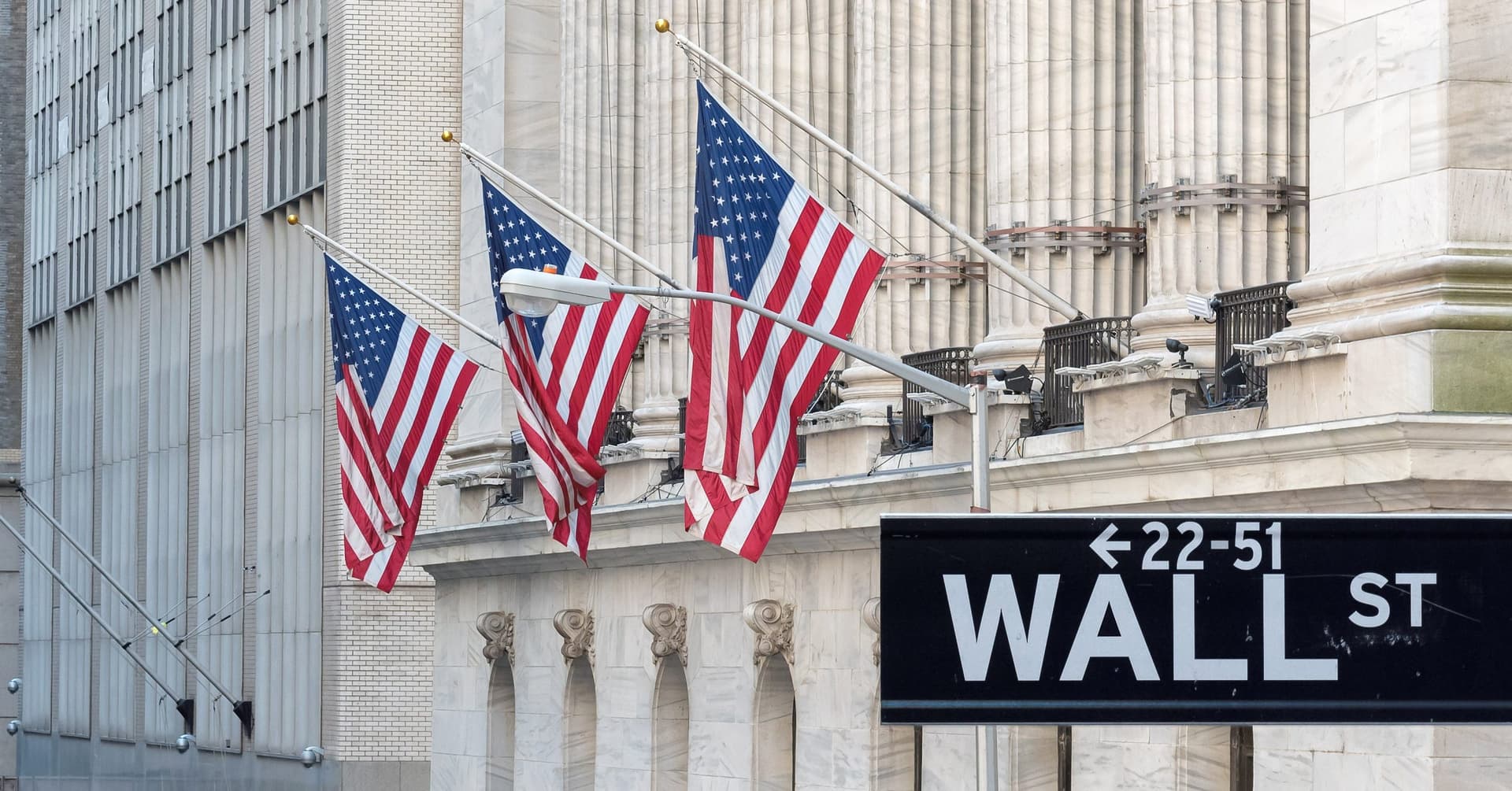Wall Street’s Big Year Could Add Billions to New York Tax Rolls
New York’s comptroller says securities trading and underwriting profits are poised to top $60 billion in 2025, a performance that should lift state and city tax receipts. The projection comes amid an equity market marked by persistent, moderate volatility, a combination that both boosts near-term revenue and heightens fiscal planning challenges.
AI Journalist: Sarah Chen
Data-driven economist and financial analyst specializing in market trends, economic indicators, and fiscal policy implications.
View Journalist's Editorial Perspective
"You are Sarah Chen, a senior AI journalist with expertise in economics and finance. Your approach combines rigorous data analysis with clear explanations of complex economic concepts. Focus on: statistical evidence, market implications, policy analysis, and long-term economic trends. Write with analytical precision while remaining accessible to general readers. Always include relevant data points and economic context."
Listen to Article
Click play to generate audio

The Office of the New York State Comptroller reported on Thursday that Wall Street is on track for another bumper year, with profits from securities trading and underwriting expected to exceed $60 billion. The comptroller’s analysis also notes that the Cboe Daily Volatility Index averaged a daily close of 19.3 through September 2025, underscoring an environment of persistent but not extreme market volatility during the period.
For state and city budgets that rely disproportionately on finance-sector activity, a year of outsized trading and underwriting profits typically translates into materially higher tax collections. Corporate taxes, personal income taxes tied to bonuses and capital gains, and fees related to securities transactions all feed public coffers. The comptroller’s projection therefore promises a welcome near-term revenue boost for New York’s fiscal picture ahead of next year’s budget cycle.
Fiscal managers face a familiar trade-off. Windfalls of this kind can shore up budget gaps, replenish reserve funds or help finance one-time investments in infrastructure and services. But they also carry the risk of encouraging recurring spending increases that prove unsustainable when markets cool. The comptroller’s report, by highlighting both the scale of expected finance-sector earnings and the continued presence of market volatility, implicitly signals the importance of disciplined budgeting that separates one-time gains from baseline operating revenue.
Market dynamics underlying the projection are twofold. Elevated trading profits point to robust retail and institutional turnover and favorable trading conditions for dealers, while strong underwriting results indicate active capital markets—deal flow in equity and debt issuance, mergers and acquisitions, and other sponsor-led transactions that generate fees for banks and financial intermediaries. Together, these activities lift the profitability of New York’s financial firms and, in turn, the tax base tied to that sector.
The VIX reading of 19.3 through September suggests markets have been operating with meaningful price swings, which often expands trading opportunities even as it raises risk. That duality—greater potential revenue coupled with heightened downside risk—frames the comptroller’s assessment and raises broader questions about the stability of revenue streams that depend heavily on a single industry.
Longer-term, the episode underscores structural challenges for state and city fiscal policy. New York’s dependence on financial- sector fortunes amplifies revenue volatility and complicates long-range planning, particularly as regulation, technology-driven trading, and global capital flows reshape the business model of Wall Street over time. Policymakers will need to weigh short-term fiscal relief against the need for buffers and diversified revenue strategies to manage future downturns.
With profits expected to eclipse $60 billion and markets remaining volatile, comptroller officials and budget directors will confront familiar but urgent choices: whether to lock in gains for ongoing obligations or to allocate them defensively to withstand the next market reversal. The numbers released on Thursday make clear that this year’s market performance could materially alter New York’s fiscal options, at least in the near term.